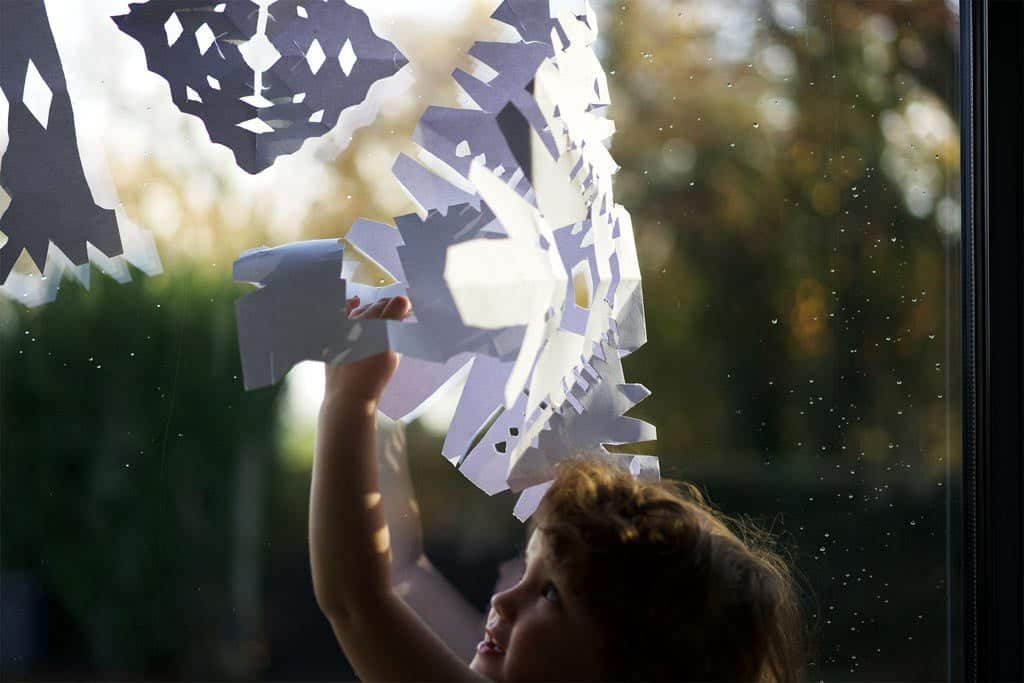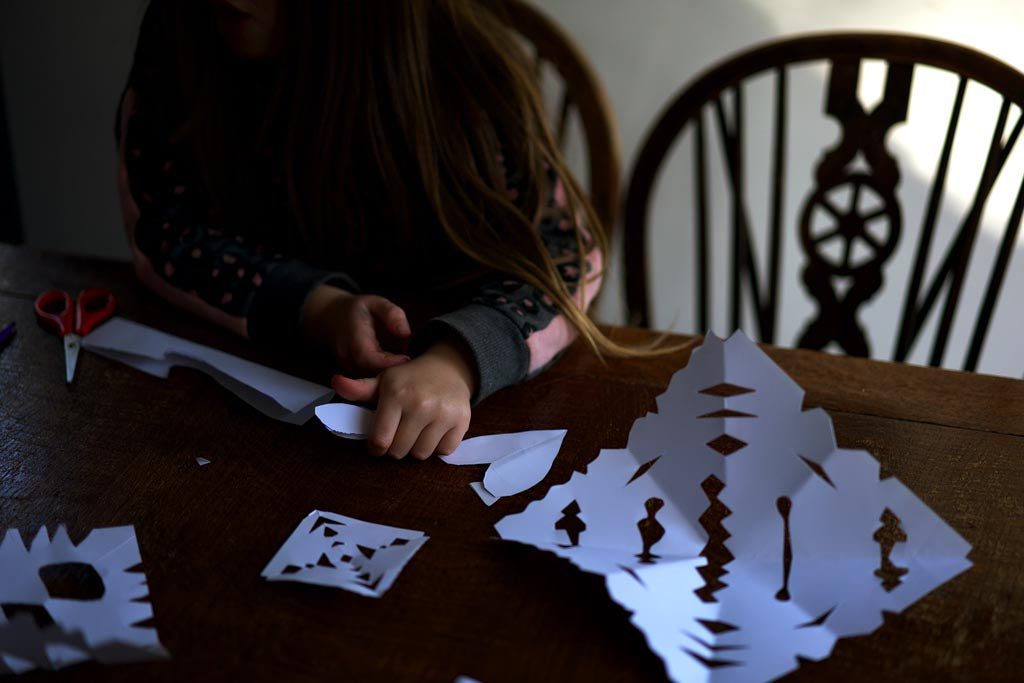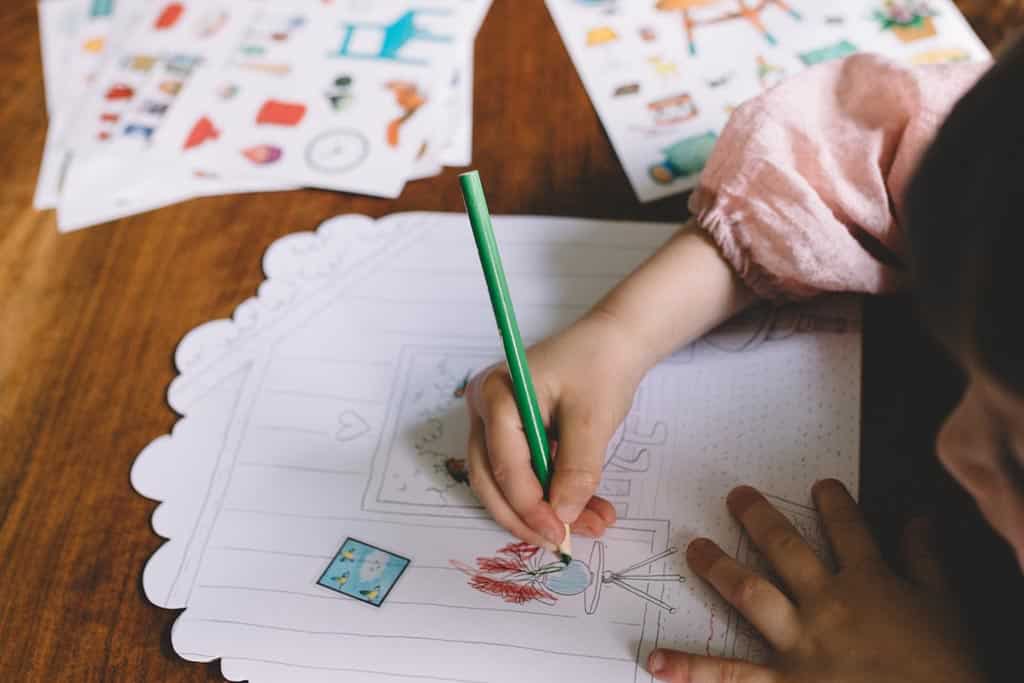It’s a little embarrassing to admit, but Week 27 | Scissor Skills is one of my favourite Get Set Five modules. It’s a bit nerdy, and probably goes into more detail than is strictly necessary, but it also gets to the heart of something important:
Why do preschool teachers offer so many opportunities for cutting and sticking?
What do they know that we don’t?
Google ‘benefits of scissor skills’ and you’ll be bombarded with my bête noire:
Promotes fine motor development.
What does that even mean? It’s on the side of almost every toy box. Marketers have realised that parents think it’s a good thing. Fine motor skills sell. It’s got something to do with writing and school and success, but no-one is quite sure what.
Today’s activity
Get out the scissors.
We’ll learn what fine motor skills are really about: using the fingers in a confident and co-ordinated way.
Whether your child is barely three and using plastic safety scissors or a whizzy five-year-old briskly cutting along lines and round corners, there’s a lot to be gained from simply snipping.
Start by snipping rolls of playdough or even straws before moving on to paper. The co-ordination needed to hold the paper with one hand and cut with the other is considerable. Don’t set tasks, like cutting round shapes. Let your child explore. You’ll probably find that she simply makes snips around the edge of a sheet of paper. But don’t worry – this is good work!
Even the act of opening the scissors after the jaws have closed is a real achievement. Take your time.
My big tip for this series is to leave a craft tray on the kitchen table. Scissors, pencils, glue, paper. That’s plenty, although there is more you can add if you like. But don’t offer too much. It’s the constraints imposed by fewer materials that result in creative solutions.
We visited the Small is Beautiful exhibition at the weekend and the children have been busily making paper houses and furniture all week. Cutting and sticking, cutting and sticking. My eldest isn’t known for his love of crafting but he was engrossed for hours at a time.
Ultimately, this is the trick. Offer simple materials but lots of inspiration.
What if my child is under three?
Get ready for cutting with lots of pinching activities (no, not siblings!). Try picking up and manipulating anything small, from finger food to (choke-safe) threading beads. Clothes pegs and water spray bottles are also great training and you can buy cheap pipettes from eBay.
The important thing is to learn to push the first two fingers towards the thumb in a firm but controlled way.
When children use scissors, they are learning about so much more than just cutting. I could list things like hand-eye co-ordination, bilateral co-ordination and grip strenthening (actually, I think I just have!) but the main thing is that they are developing attention and control. With these two skills, the world of writing opens up.
So get the scissors out. Have fun, lower your expectations and see where your child goes with the freedom you give her to explore the materials.





